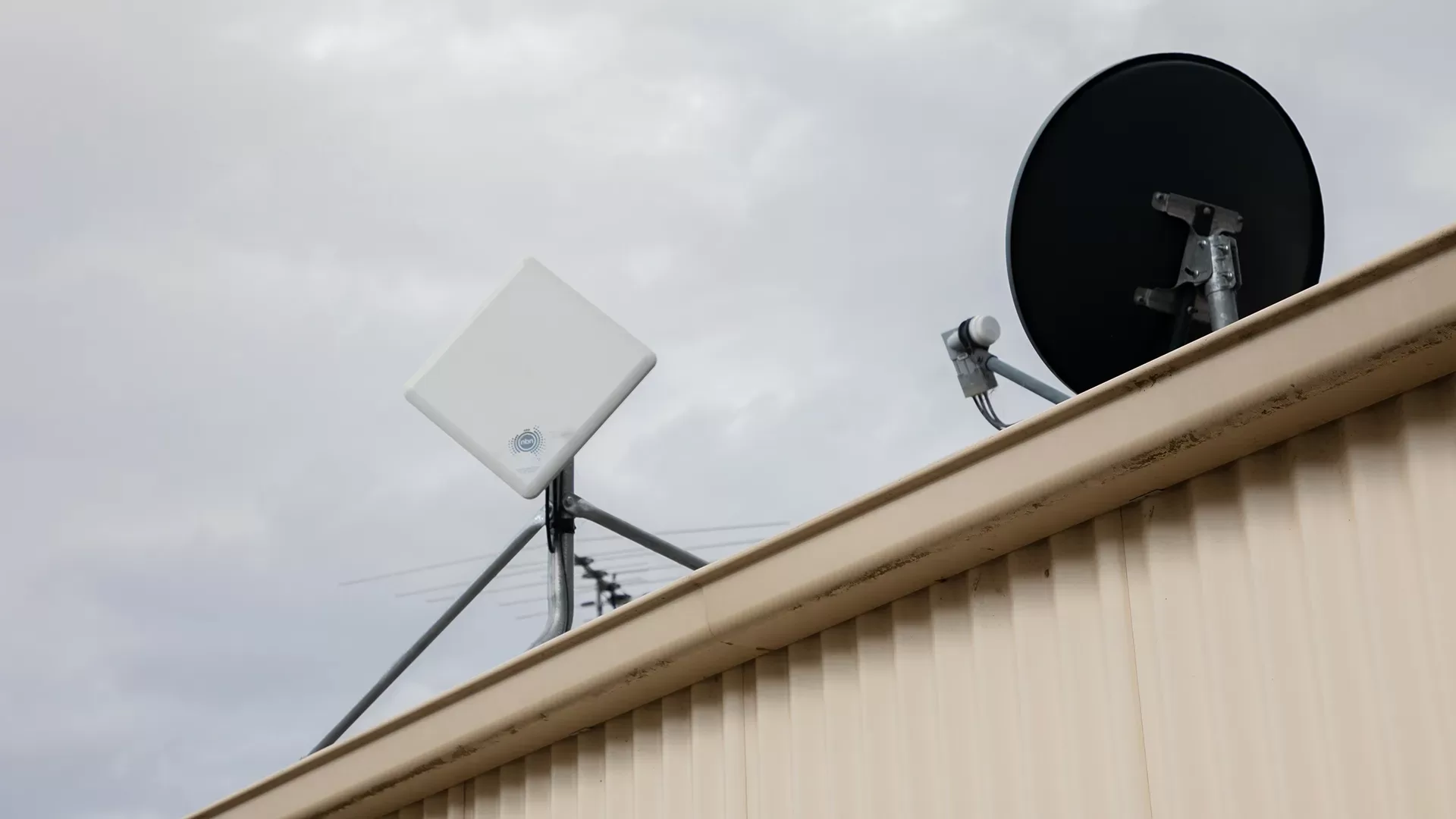Undertaking work at height is just as dangerous at home as it is at the job site.
Every weekend, and probably most weekdays too, thousands of Australians are out completing work around the home.
As has been documented, unfortunately, year after year, far too many people are injured falling from a height. There are many reasons for this, mostly it is the simple fact that working at height occurs far more often than people tend to consciously realise. And this is just as true working around the house as it is going out to a building or construction site as part of your job.
Understanding a few easy items to tick off to improve your safety can assist greatly in making work around the home not only quicker, but significantly safer as well.
Falls from ladders at home
By far the most common way a fall from height occurs at home is from a ladder. Just about every garage has a step-type ladder in it that is used for everything from changing light bulbs to cleaning gutters.
Many of these accidents occur due to people not observing some of the safety instructions made visible on every ladder; things like not standing on the top step or ensuring that all the feet are on a flat, stable surface.
However, there are some tools available that can be used to help make using a typical step ladder even safer, especially when it comes to doing jobs like clearing the rain gutters of a house.
While many commercial buildings have fixed ladder brackets installed, to allow safe use of a portable ladder when accessing a roof, temporary versions are also available. These temporary ladder brackets are placed on the gutter using a broom handle, with the ladder then placed in the bracket and secured.
Once in place, the ladder bracket provides a secure fixing for the ladder, significantly reducing the likelihood that it will tip over should the load (person) on the ladder move too far to the left or right.
Similarly, feet extensions can also be used to widen the footprint of the ladder base. These, too, reduce the risk of the ladder tipping over in the event of load shift.
Ladders and makeshift platforms
Another extremely common way to get at an area normally too high to reach is to run a plank of wood between two ladders to form a temporary platform.
While these platforms can be useful for accessing hard to reach areas like eaves, they can also introduce significant risk of a fall. Generally, this is due to the planks being used normally being not much wider than a standard human foot. The nature of such narrow areas to stand on is that a simple misstep can cause a person to lose their balance, and then gravity takes over.
What should also be considered is the material being used to create the makeshift platform. Much like the requirement for a temporary anchorage point to withstand the load of a fall, a platform should be capable of sustaining the weight of a person and whatever other materials they have placed on it.
Depending on the location and type of the work, it may be possible for someone to sling a temporary static line and use this for fall protection while working on their house.
Working on home roofs
There is always the temptation to jump up on the roof because something has come loose, or the chimney needs cleaning, or the TV aerial did not survive the last thunderstorm.
In these cases, it is important that people understand the risks involved in working on their roof and prepare accordingly for it. Just like how a significant number of car accidents occur within a kilometre or so of home, so to many accidents occur during a job that will just take a couple of minutes.
Temporary anchors, anchor straps and appropriate PPE can be used when working on your home roof as well. Provided the person has the training to do so correctly, these items can go a long way to reducing the chances of a fall from the roof while carrying out domestic chores.
Discuss your needs with an expert
Understanding all the risks associated with working at heights and high-risk environments can be challenging. Height Safety Engineers have been providing expert advice, systems and equipment to builders, facility managers and homeowners for over 20 years. Talk to our team by calling 1300 884 978 or email enquiries@heightsafety.net.





